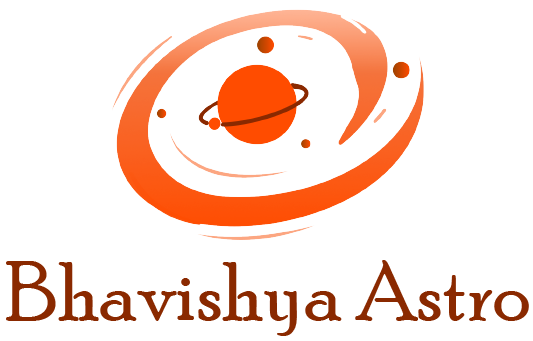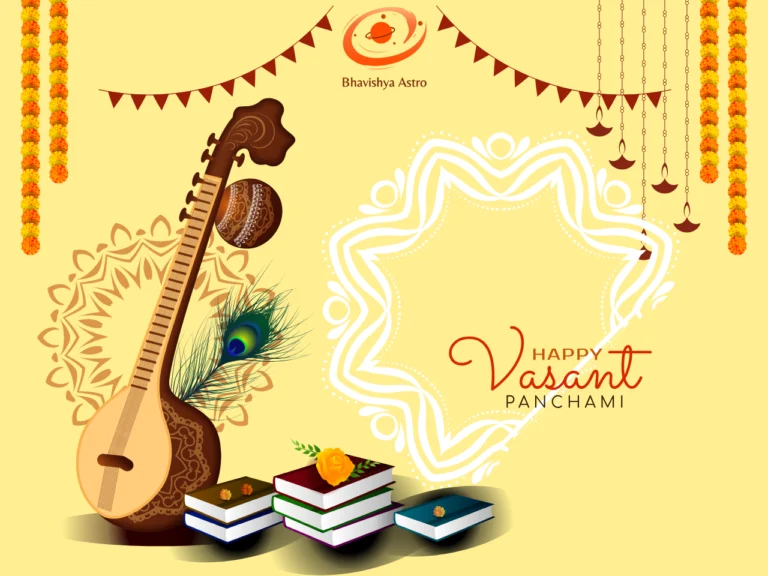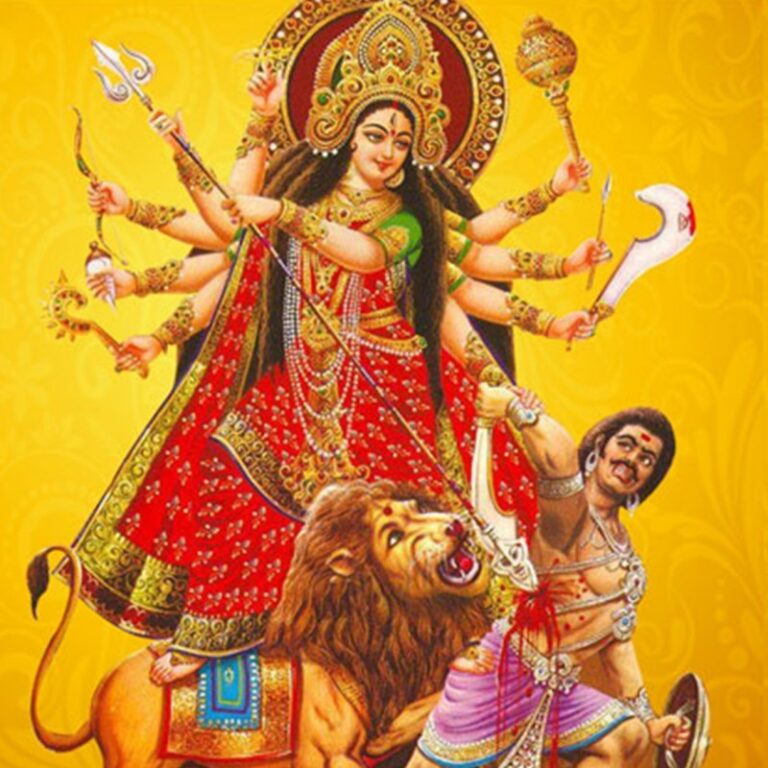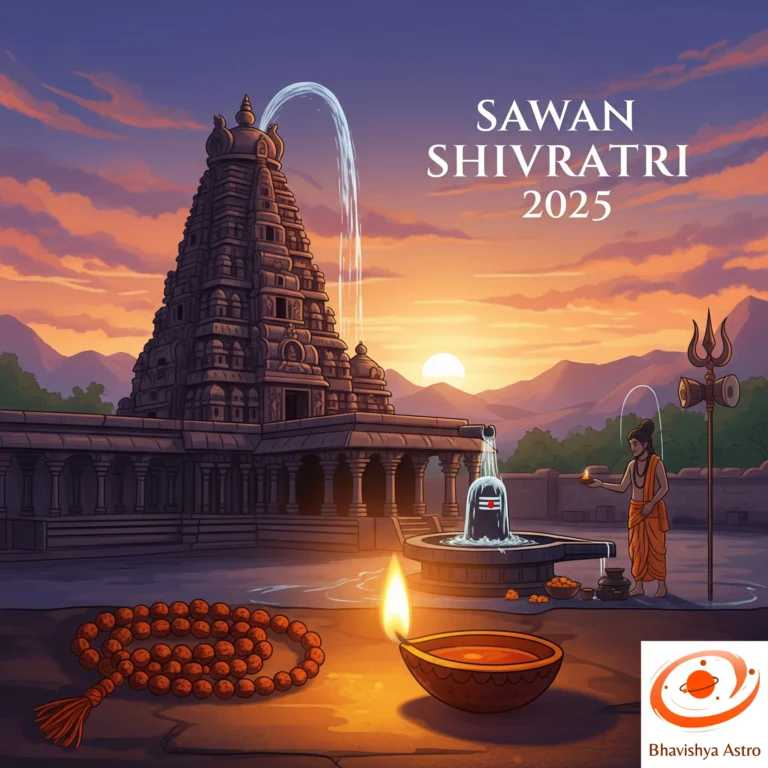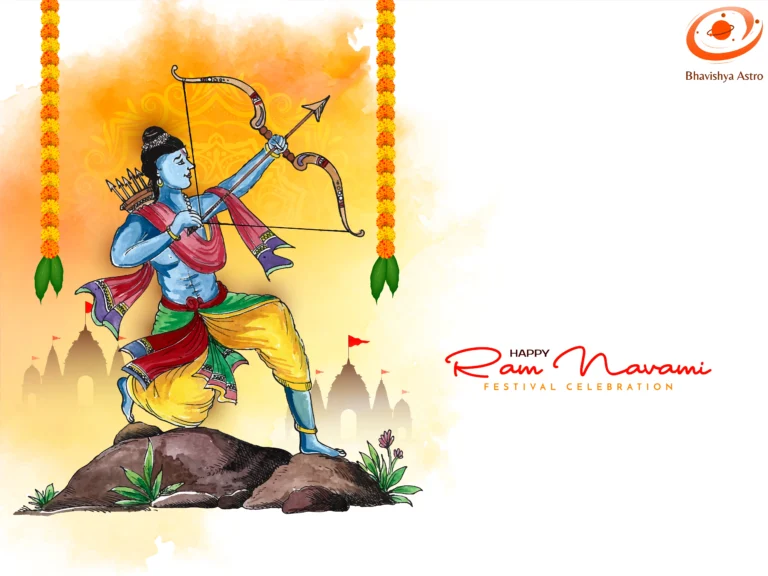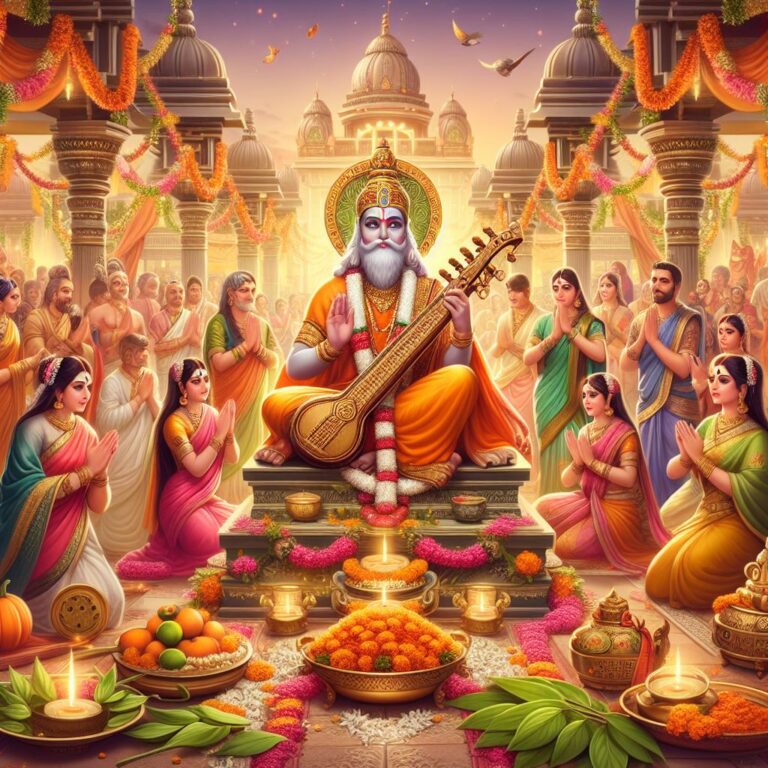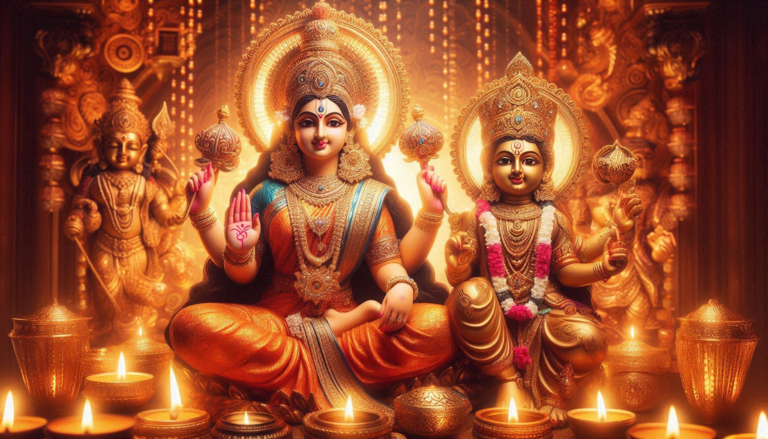Navratri 2025: Dates, Significance, Rituals & Celebration Guide
Introduction to Navratri
Navratri is one of the most revered Hindu festivals, celebrated over nine nights in honor of Goddess Durga. The term Navratri comes from Sanskrit—“Nava” meaning nine and “Ratri” meaning night. These nine sacred nights symbolize the victory of good over evil and the divine feminine energy (Shakti).
There are four types of Navratri, but two are widely observed:
- Chaitra Navratri (Spring) – Celebrated in March-April.
- Shardiya Navratri (Autumn) – The most popular, celebrated in September-October.
During these auspicious days, devotees worship Maa Durga in her nine divine forms and observe fasting, puja, and cultural festivities like Garba and Dandiya.
Navratri 2025 Dates & Muhurat
Chaitra Navratri 2025 (Spring Navratri)
- Start Date: Sunday, 30 March 2025
- End Date: Monday, 07 April 2025
- Ghatasthapana Muhurat: March 30, 2025 (12:00 PM – 12:50 PM)
Shardiya Navratri 2025 (Autumn Navratri)
- Start Date: Monday, 22 September 2025
- End Date: Thursday, 02 October 2025
🛕 This year, Maa Durga is believed to arrive on a horse, symbolizing change and transformation.
Significance of Navratri
Navratri is a spiritual festival that celebrates the power of Goddess Durga in nine different forms, known as Navadurga. Worshipping her brings strength, prosperity, wisdom, and protection from negativity.
Each day of Navratri is dedicated to one form of the Goddess:
Nine Forms of Maa Durga Worshiped in Navratri
| Day | Goddess Name | Meaning | Significance |
|---|---|---|---|
| Day 1 | Maa Shailaputri | Daughter of the mountains | Symbolizes purity & strength |
| Day 2 | Maa Brahmacharini | Female celibate | Represents knowledge & wisdom |
| Day 3 | Maa Chandraghanta | One with a half-moon | Brings peace & courage |
| Day 4 | Maa Kushmanda | Cosmic egg creator | Symbolizes creation & energy |
| Day 5 | Maa Skandamata | Mother of Lord Skanda | Represents love & motherhood |
| Day 6 | Maa Katyayani | Warrior Goddess | Destroys evil forces |
| Day 7 | Maa Kaalratri | Dark & fierce form | Removes ignorance & darkness |
| Day 8 | Maa Mahagauri | The extremely fair one | Signifies purity & transformation |
| Day 9 | Maa Siddhidatri | The giver of supernatural powers | Grants divine wisdom & abilities |
Mythology Behind Navratri
1. Goddess Durga’s Victory Over Mahishasura
According to Hindu mythology, Navratri marks the epic battle between Goddess Durga and Mahishasura, a demon who terrorized the heavens. Maa Durga fought fiercely for nine nights and finally defeated him on the tenth day (Vijayadashami), symbolizing the triumph of good over evil.
2. Lord Rama and Ravana’s Battle
Another legend connects Navratri with the Ramayana. Lord Rama worshiped Goddess Durga for nine days before fighting Ravana, and on the tenth day, he achieved victory. This day is celebrated as Dussehra.
Rituals of Navratri
1. Ghatasthapana (Kalash Sthapana)
Ghatasthapana is the sacred ritual of installing a Kalash (holy pot), symbolizing Goddess Durga’s divine presence.
2. Daily Puja & Fasting
- Devotees observe fasts and consume only sattvic food (no onion, garlic, or non-vegetarian food).
- Each day, they offer flowers, diyas, and prasad to the Goddess.
3. Kanya Pujan
On the eighth (Ashtami) or ninth (Navami) day, young girls (Kanjaks) are worshipped as forms of Maa Durga, and special meals are offered to them.
4. Garba & Dandiya Nights
- In Gujarat and Rajasthan, people celebrate Navratri with Garba and Dandiya Raas, traditional dance forms dedicated to Goddess Durga.
- These dance nights are filled with music, colorful outfits, and divine energy.
5. Ramlila & Dussehra
- In North India, dramatic performances of the Ramayana (Ramlila) are staged.
- On Vijayadashami, effigies of Ravana, Kumbhakarna, and Meghnad are burned, symbolizing victory over evil.
Modern Celebrations & Trends
1. Digital Navratri Celebrations
Many temples and devotees stream live aartis and perform online pujas for those who cannot attend in person.
2. Eco-Friendly Navratri
People are shifting towards sustainable celebrations, including:
- Eco-friendly idols
- Natural colors for rangoli
- Organic decorations
3. Health-Conscious Fasting
- Many now prefer gluten-free, vegan, or millet-based fasting options for a healthy Navratri.
Benefits of Observing Navratri in 2025
Celebrating Navratri brings spiritual and personal growth, including:
✔ Divine blessings of Goddess Durga
✔ Spiritual purification
✔ Physical detoxification through fasting
✔ Increased positivity & mental peace
✔ Overcoming personal challenges
Conclusion
Navratri is not just a festival; it’s a spiritual awakening that connects us with divine feminine energy. Whether you’re fasting, dancing, or simply praying, embrace the spirit of Navratri 2025 with devotion and joy!
FAQs About Navratri 2025
1. What are the Navratri 2025 dates?
Chaitra Navratri: Sunday, 30 March – Monday, 07 April 2025
Shardiya Navratri: Monday, 22 September – Thursday, 02 October 2025
2. Why is fasting observed during Navratri?
Fasting purifies the mind and body while invoking Maa Durga’s blessings.
3. What is special about Ghatasthapana?
Ghatasthapana invokes Goddess Durga’s presence in the home through a sacred Kalash (pot).
4. Can non-vegetarians observe Navratri?
Yes! But devotees avoid meat, alcohol, and tamasic foods during these nine sacred days.
5. What is the significance of Garba and Dandiya?
Garba and Dandiya represent Maa Durga’s victory over Mahishasura and are performed as devotional dances.
For online Navratri pujas & homams, visit BhavishyaAstro and book your personalized Vedic rituals with live telecast.
🚀 Happy Navratri 2025! 🙏🎉

